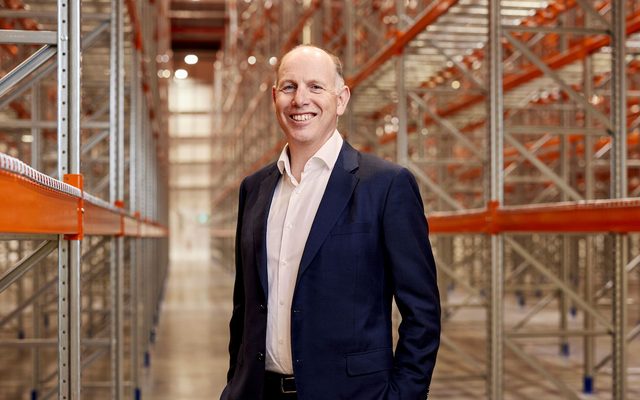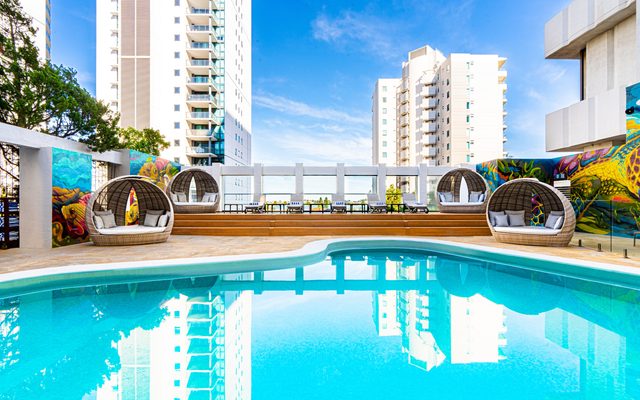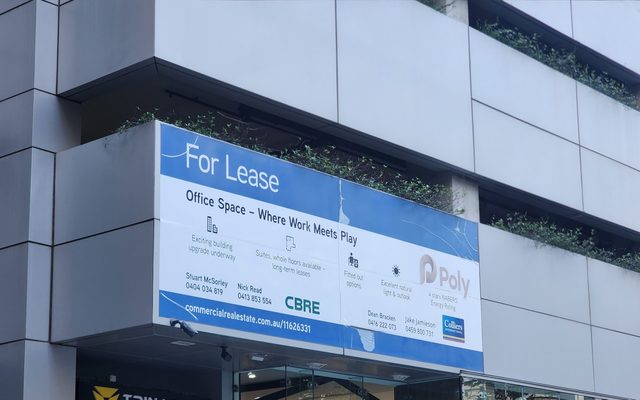This article is from the Australian Property Journal archive
BUILD-to-rent investors who have established Melbourne-centric portfolios are expected to look towards other more nascent eastern seaboard markets in 2025 to add to their pipelines.
Australia’s build-to-rent universe has been mostly centred in Victoria, where 11,098 units have either been completed or are under construction, with another 14,440 in the pipeline, according to Knight Frank’s latest Australia Build-to-Rent Update.
Major local developers Mirvac and Lendlease, Tim Gurner’s eponymous group and US sector giant Greystar are just some of the active players with projects in Melbourne.
Knight Frank partner, living sectors, valuation & advisory John Paul Stichbury said Sydney was expected to move into the limelight in 2025.
“Sydney has been slower out of the starting blocks compared to its Victorian counterpart, but build-to-rent development activity is now accelerating as investors look to gain a foothold in the city,” he said.
Around 8,900 dedicated build-to-rent apartments are under construction in Australia and a further 20,000 units are approved for development over the next five years.
NSW has 3,584 apartments completed or under construction and 11,505 in the pipeline, with the total number of units totalling 15,089, which has seen the state recently overtake Queensland.
Investa and Oxford Properties Group recently opened their flagship build-to-rent asset Indi Sydney, a 234-apartment tower directly above the recently opened Gadigal Metro Station and the first purpose-built BTR asset in Sydney’s CBD.
The sunshine state has 4,157 units completed or are under construction, with another 10,233 in the pipeline to total 14,390.
“Development challenges are most acute in Brisbane and we therefore expect new-build supply in this market to lag Melbourne and Sydney in the short-term, despite also facing a chronic lack of rental accommodation,” Stichbury said.
The ACT has 1,723 either completed, under construction or planned, while Western Australia has 1,568 and South Australia has 1,191.
“In time larger platforms will look to diversify their portfolios with tier two locations, however the ‘Big 3’ cities remain the core focus for investors in the current climate.”
Since 2018, 19,308 build-to-rent units have been delivered or are under construction nationally, while another 40,191 units are planned but not necessarily yet approved, with the total coming to just under 60,000.
Knight Frank partner, head of alternatives, Australia Tim Holtsbaum said the quantum of committed and planned build-to-rent development in Australia was increasing fast, and the growing availability of rental and operational data would help to attract new capital into the sector.
“The investment case for build-to-rent has arguably never been stronger and this year activity will accelerate as we enter a rate-cutting cycle,” he said.
“Investors are gravitating toward living sectors partly because of its defensive characteristics – specifically the ability to adjust rental income streams more quickly than other sectors in response to high inflation.
“However short-term challenges in the build-to-rent sector persist, with investment volumes in 2024 impacted by the wider macroeconomic environment and uncertainty around government policy, as well as a challenging development market, with the persistent build cost inflation putting pressure on feasibilities.”
Despite the headwinds, there have been some wins for the sector recently. After a long delay, legislative reform of build-to-rent tax policy was passed by federal parliament, aimed at encouraging foreign investment into the sector. Eligible build-to-rent projects will be provided with a reduced 15% managed investment trust withholding rate. The scheme will also mandate a percentage of affordable dwellings.
EY modelling shows the amended legislation can deliver 80,000 new rental homes over the next 10 years. Of these, 8,000 would be affordable homes and 1,200 would become available to rent in the near future. Vacancy rates in the rental market remain crushingly low amid a national housing crisis.
“A more favourable policy/investment setting will help to accelerate inwards investment from established global investors. This is important as domestic funds continue to largely sit on the fence when it comes to build-to-rent,” Holtsbaum said.
According to Charter Keck Cramer, projections suggest that over the next three years, annual completions will average approximately 8,000 apartments, with an equal split between build-to-rent and build-to-sell units. Melbourne is the only capital city which, over the next three to four years, will be more reliant on build-to-rent apartment supply than build-to-sell to deliver new higher density dwellings.




